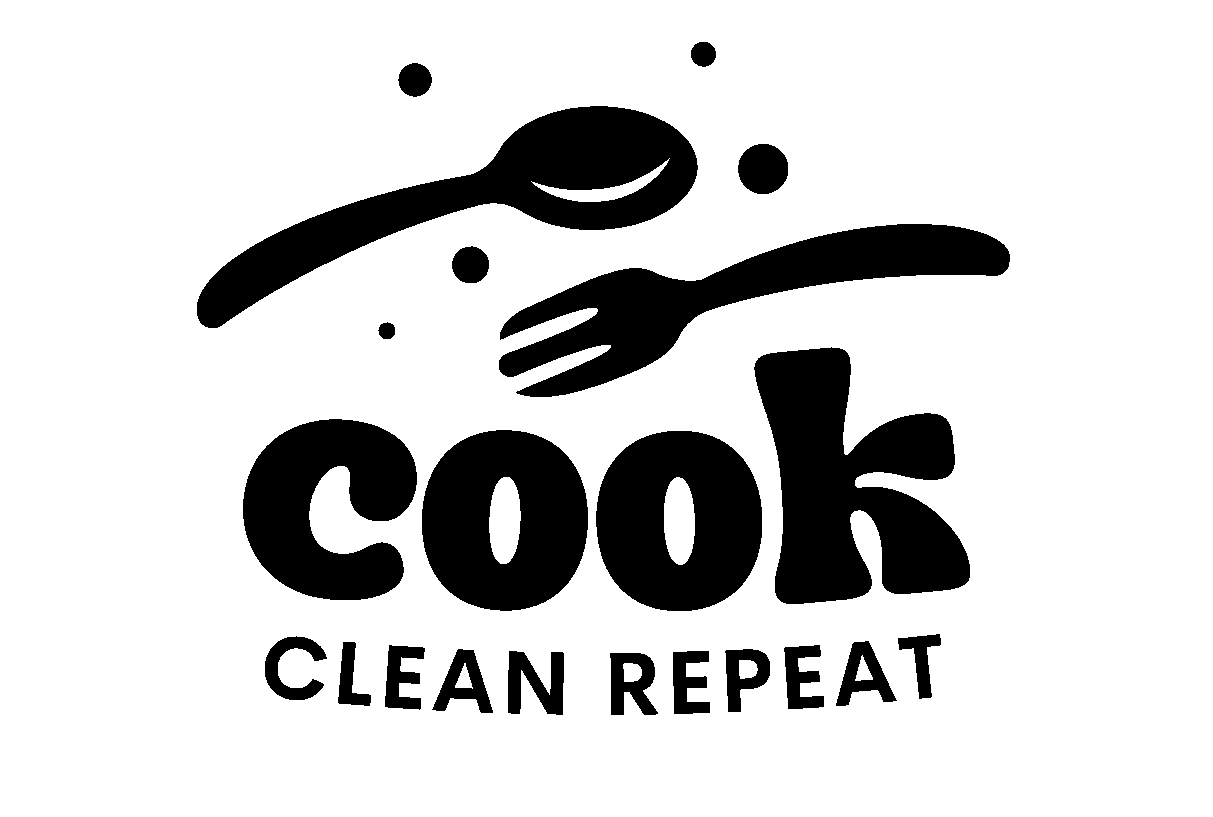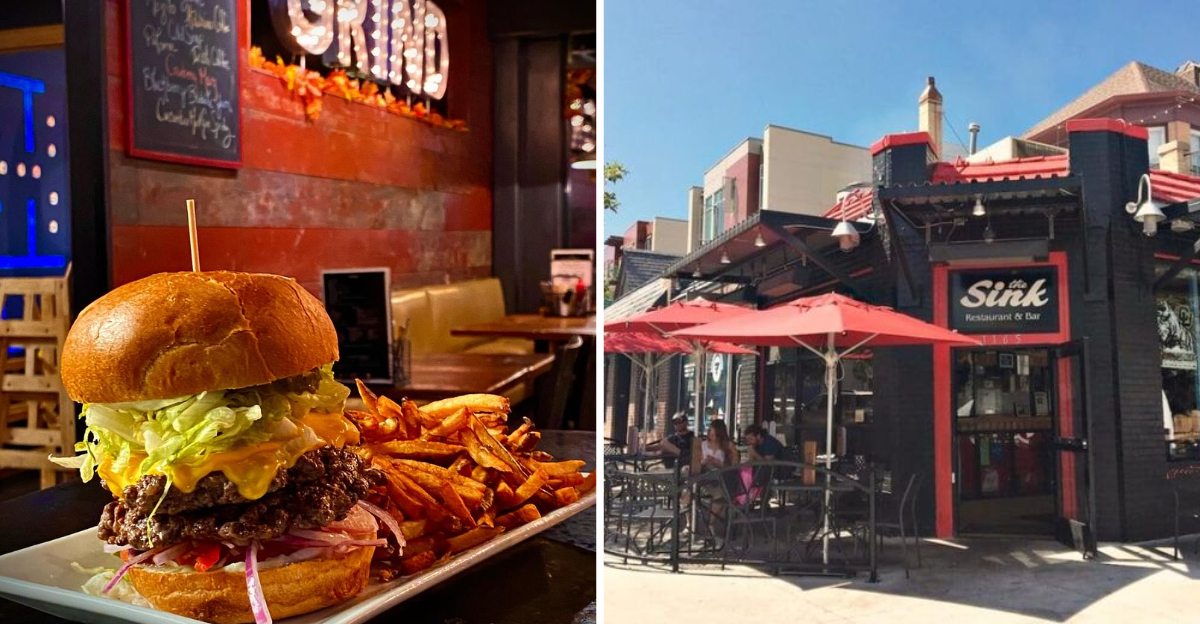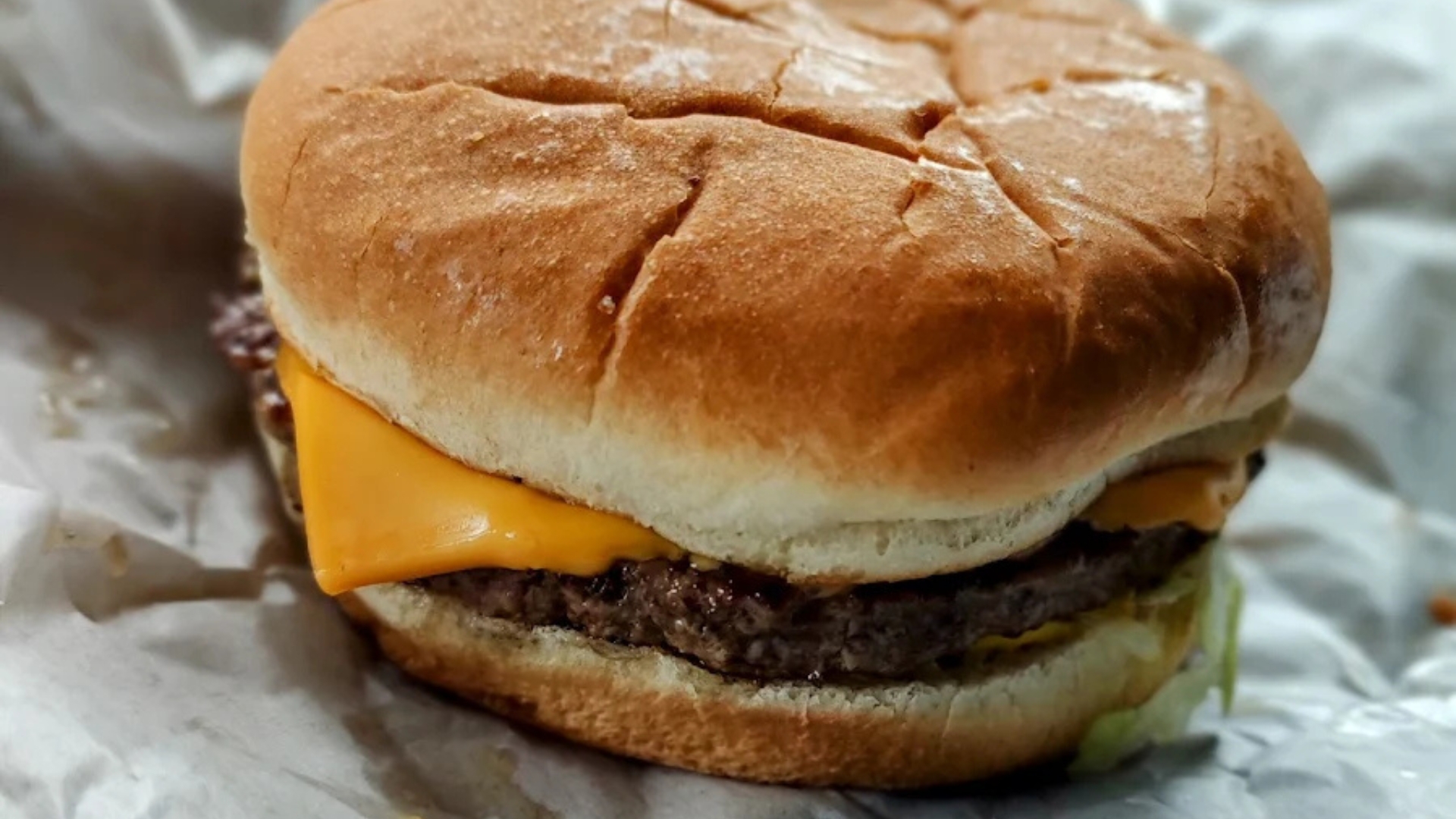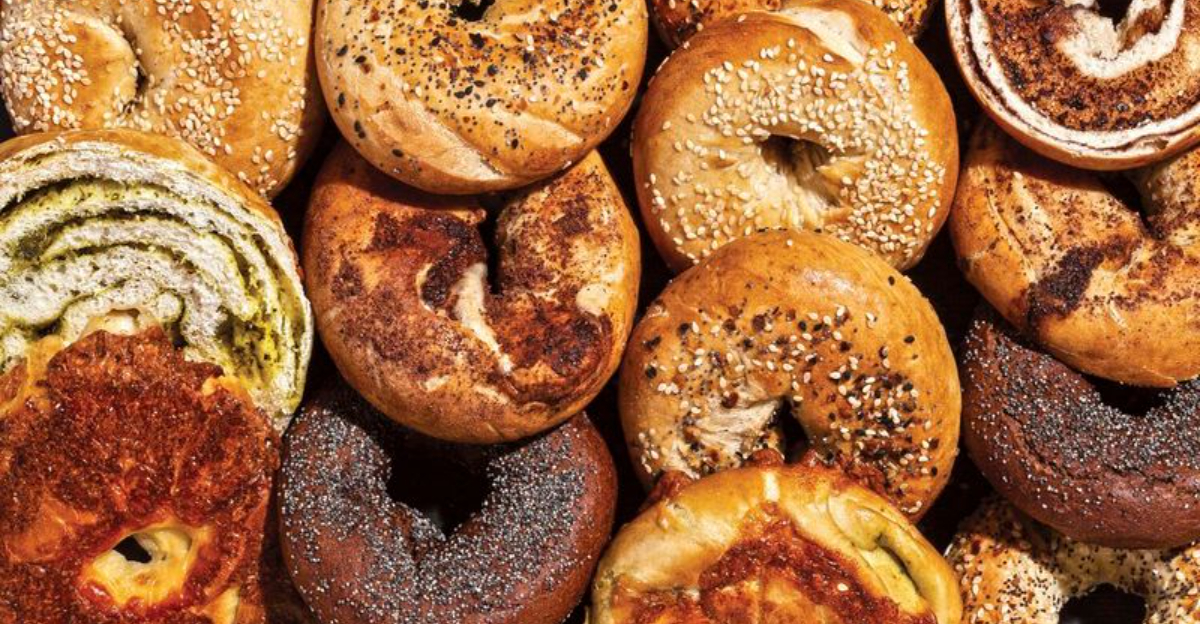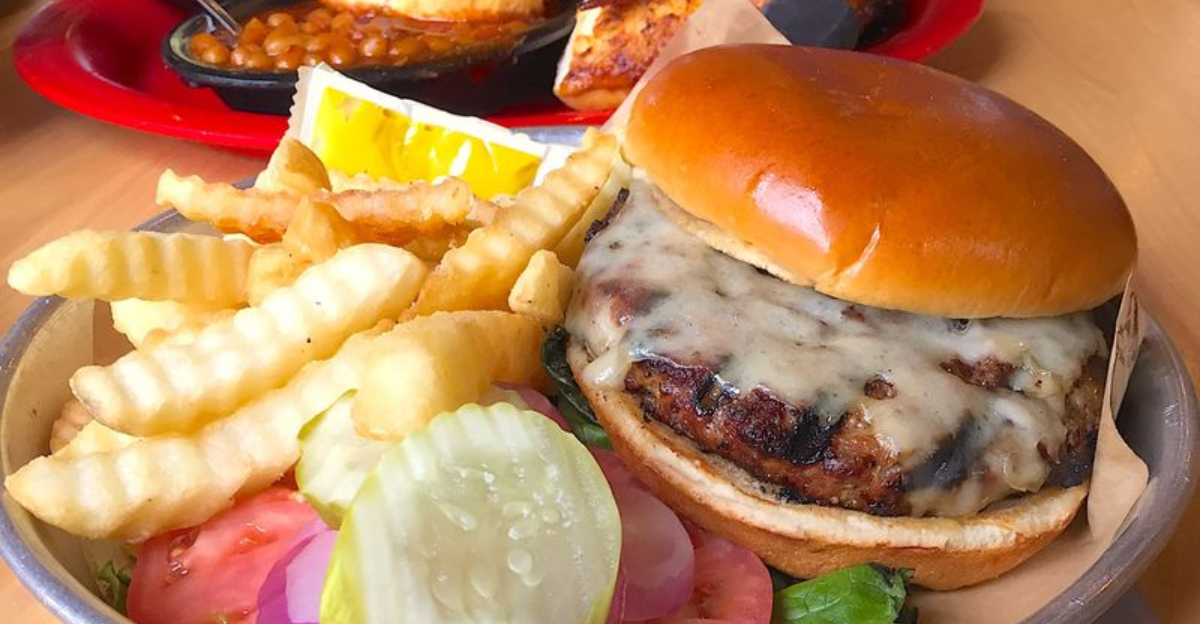Who Leads America’s Potato Chip Production? The Top State + 14 Contenders
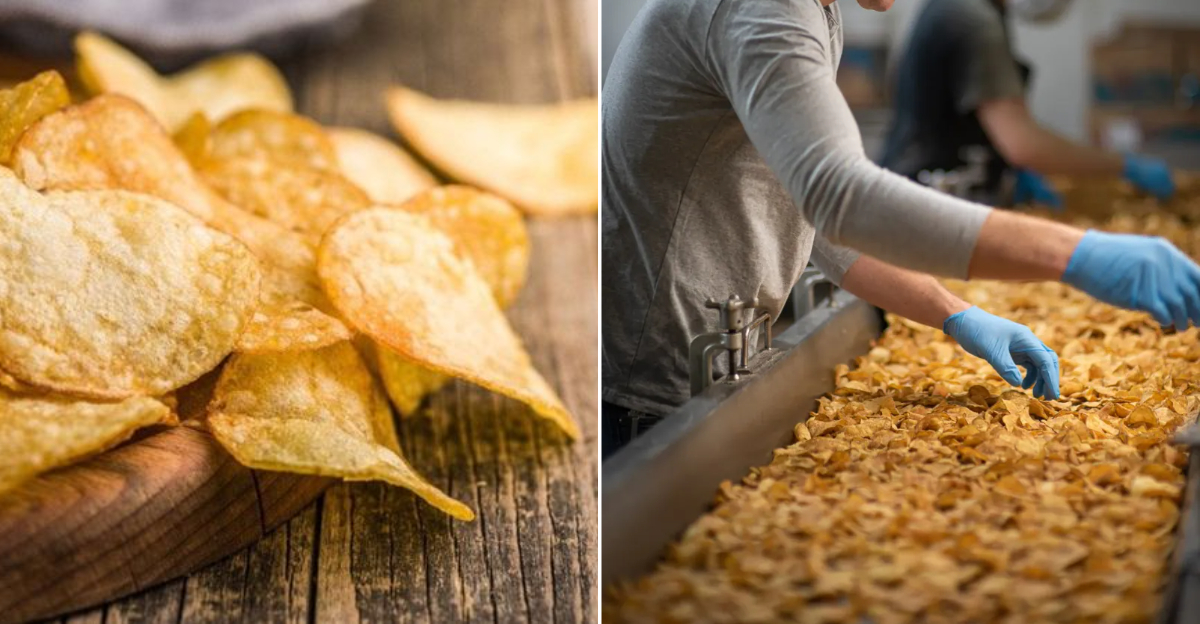
Potato chips are a beloved snack made in factories all across the United States. While Idaho is famous for its potato crops, it might surprise you to know that many other states have rich histories in chip production.
From family-owned brands to large-scale factories, these states are known for their crispy and delicious potato chips.
In this list, we explore 15 states that contribute to America’s chip industry, with the leading state saved for last.
1. California
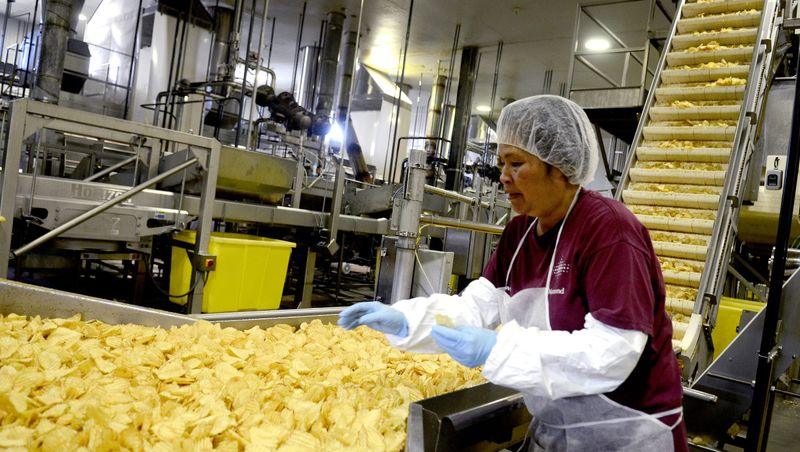
Fields across California yield potatoes that supply both local and national brands. Factories turn them into chips flavored with garlic, onion, and spice. The state’s agricultural scale makes consistent production possible. Regional companies highlight California-grown potatoes in their packaging.
Farmers markets sell smaller craft brands alongside grocery favorites. Flavors often mirror the state’s diverse cuisine. California snacks blend variety with scale.
2. Ohio
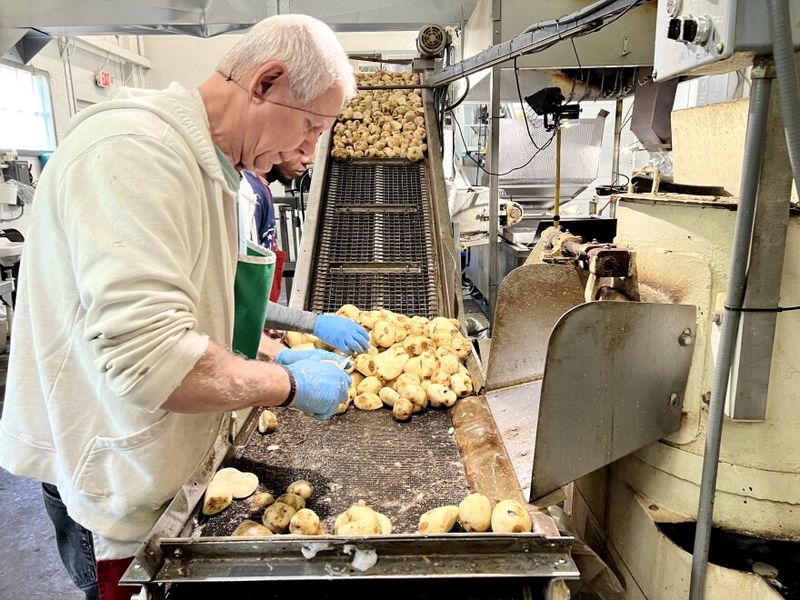
Known as home to several legacy brands, Ohio remains proud of its chip tradition. Factories operate in both big cities and small towns. Kettle-style chips dominate shelves in the Midwest. Local companies compete by producing unique regional flavors.
Family-run operations keep the heritage alive. Ohio’s location helps distribute products quickly across the nation. Chips here carry both history and heart.
3. Michigan
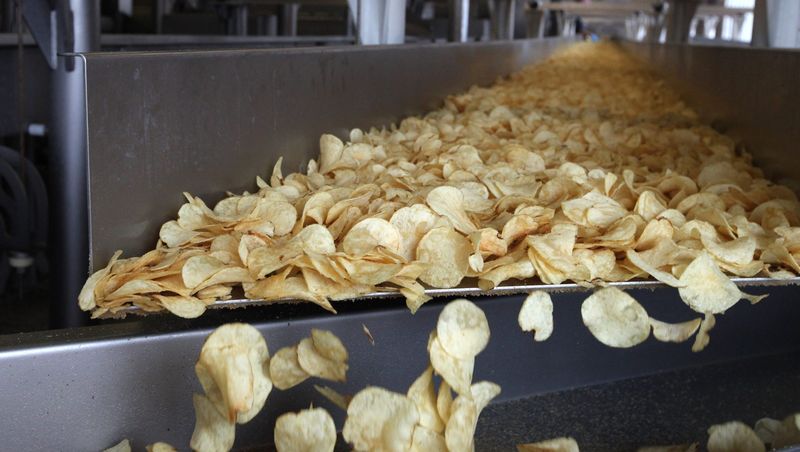
Great Lakes soil produces potatoes perfect for frying. Michigan hosts factories that ship chips across the Midwest and beyond. Flavors range from classic salted to tangy barbecue. Local brands often emphasize freshness and crispness.
Small towns take pride in family-owned chip companies. Seasonal promotions tie snacks to local festivals. Michigan balances tradition with regional flavor identity.
4. New York
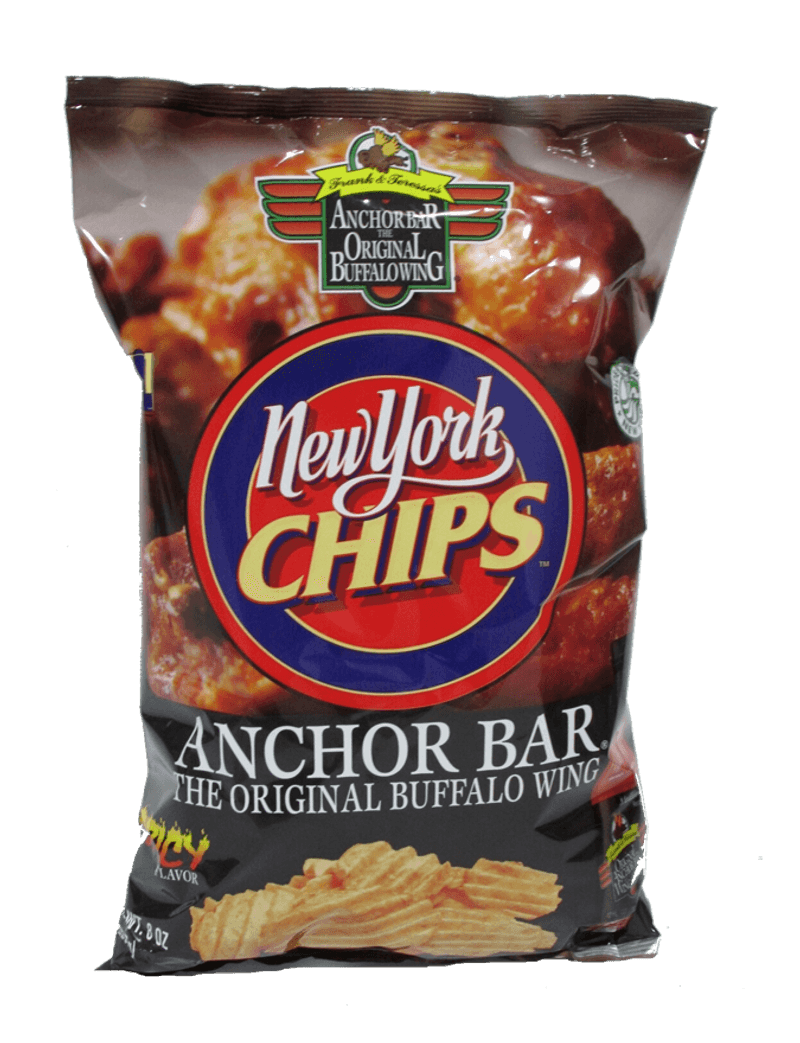
Beyond its cities, New York farms supply potatoes for chip making. Upstate factories create regional favorites found in local stores. Vinegar and salt remain signature flavors. Chips often highlight New York’s agricultural roots.
Independent brands experiment with bold seasoning blends. Distribution covers the Northeast with strong loyalty. New York’s chips connect farm and snack culture.
5. Oregon

Potato fields stretch across Oregon’s high desert. Factories rely on both local crops and nearby states for supply. Chips lean toward artisanal approaches. Packaging often emphasizes natural and simple ingredients.
Kettle cooking has a strong following here. Oregon brands built reputations on crunch and quality. The state’s chips mirror its craft food scene.
6. Washington
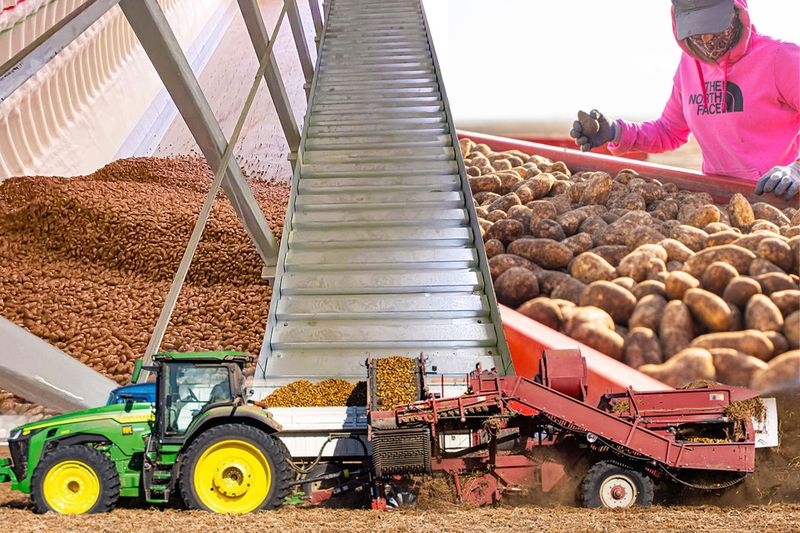
Potatoes from eastern Washington often head to chip factories. Mild climate and rich soil sustain consistent crops. Local processing plants support both large and small brands. Classic salted styles remain popular.
Smaller producers thrive by focusing on niche markets. Washington chips circulate throughout the Pacific Northwest. The state values freshness and straightforward flavor.
7. Idaho
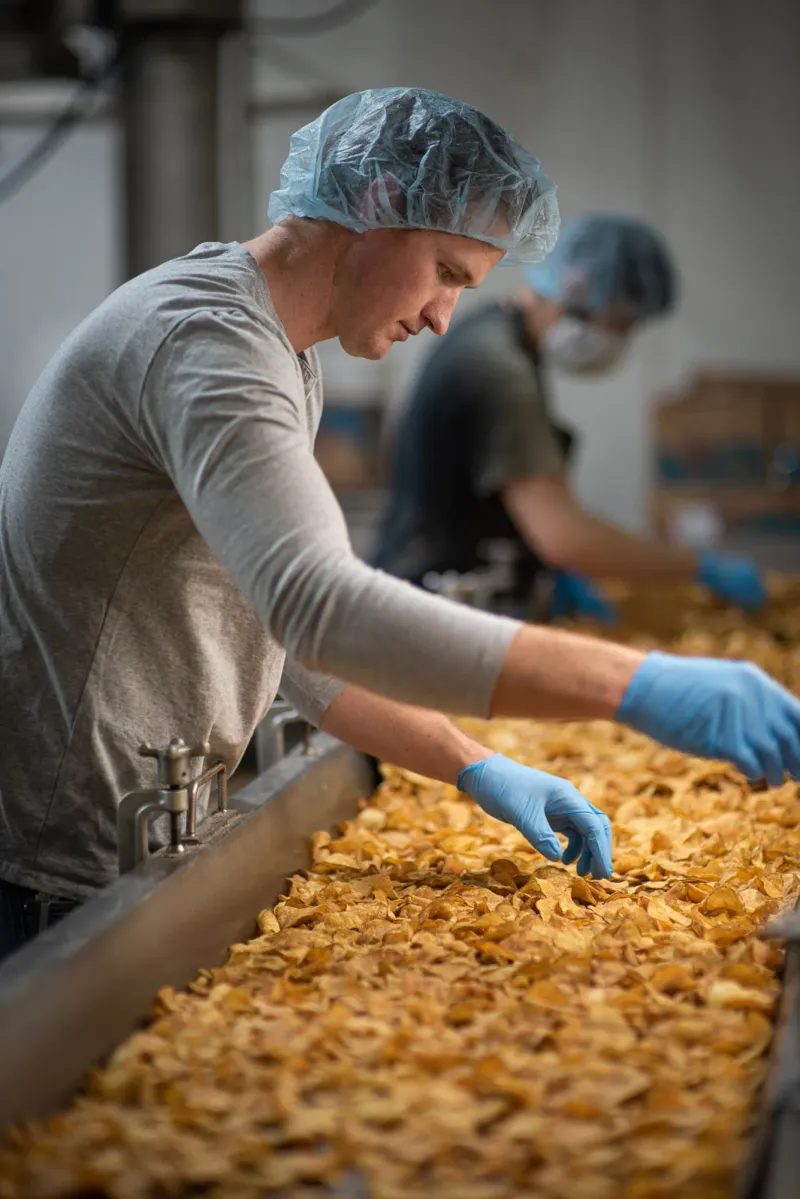
Idaho may be known for potatoes, yet chips play a quieter role. Some processing plants operate near major farms. Chips often highlight Idaho-grown potatoes in branding. Flavor profiles stay classic with salt-forward recipes.
Smaller companies focus on regional markets. Idaho supplies other states with raw potatoes for chips. Its role is foundational but not dominant.
8. Texas
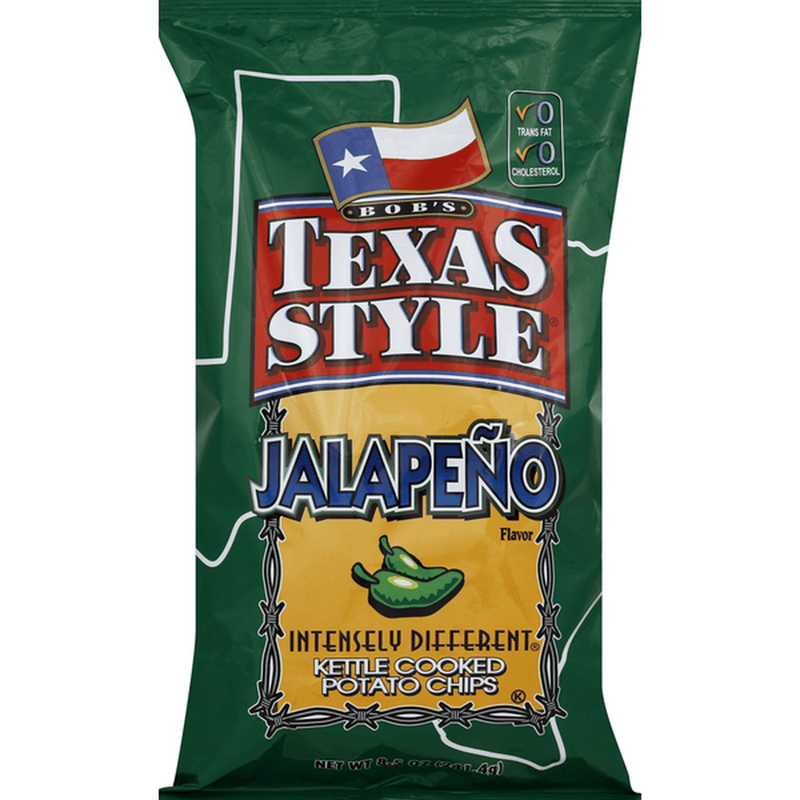
Large-scale agriculture and regional pride fuel chip making in Texas. Factories serve both national and local markets. Barbecue flavor reflects the state’s culinary heritage. Packaging often emphasizes boldness and size.
Local consumers favor hearty crunch and smoky seasoning. Texas chips embody the state’s strong food culture. Production continues to expand with demand.
9. North Carolina
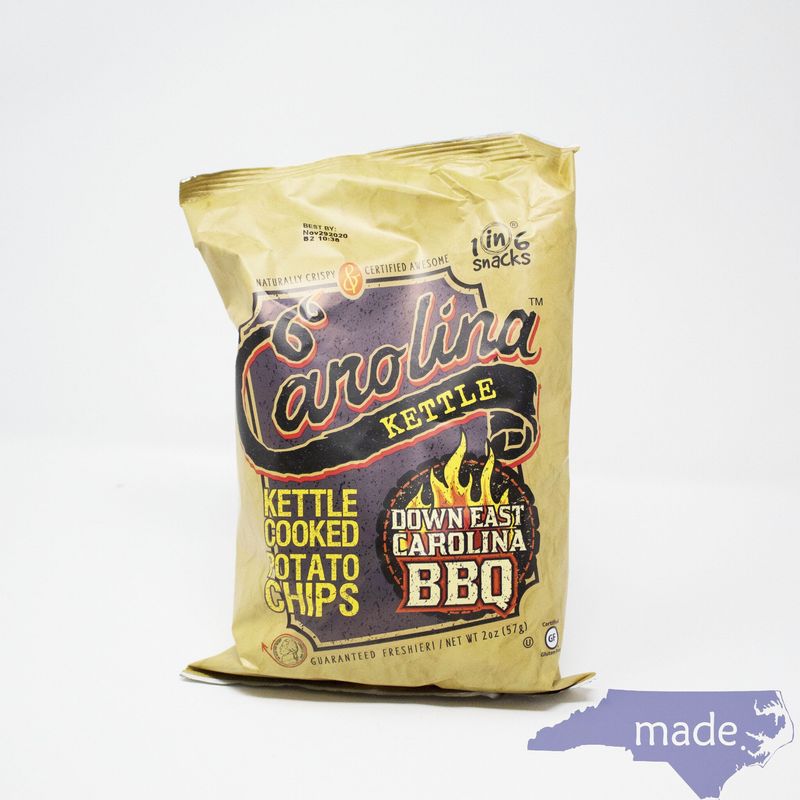
Chips here reflect Southern snack traditions. Local factories produce regional favorites sold throughout the Southeast. Vinegar and spicy blends remain popular. Distribution stays mostly within the region.
Family-owned companies hold deep roots. Smaller batches focus on flavor intensity. North Carolina’s chips remain part of Southern food identity.
10. Virginia
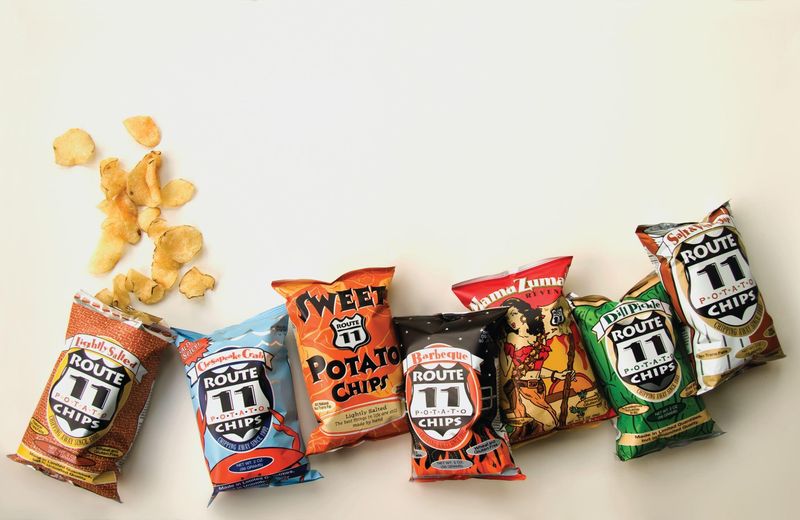
With a long snack history, Virginia ranks among respected chip makers. Factories use both regional and imported potatoes. Lightly salted chips carry traditional appeal. The state’s brands maintain strong followings.
Smaller producers highlight artisanal methods. Virginia’s chips travel widely but retain a local feel. The tradition continues to thrive.
11. Massachusetts
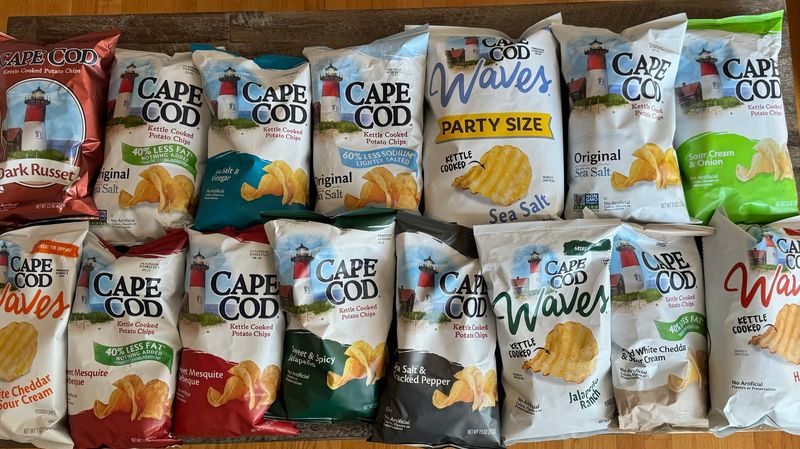
Early chip factories in Massachusetts shaped national snack culture. Cape Cod-style kettle chips still carry the region’s name. Packaging emphasizes rustic crunch and simple seasoning. Production relies on both local and imported potatoes.
Tourists often buy chips as souvenirs. The state remains influential in kettle-style branding. Massachusetts links history with modern snack trends.
12. Illinois
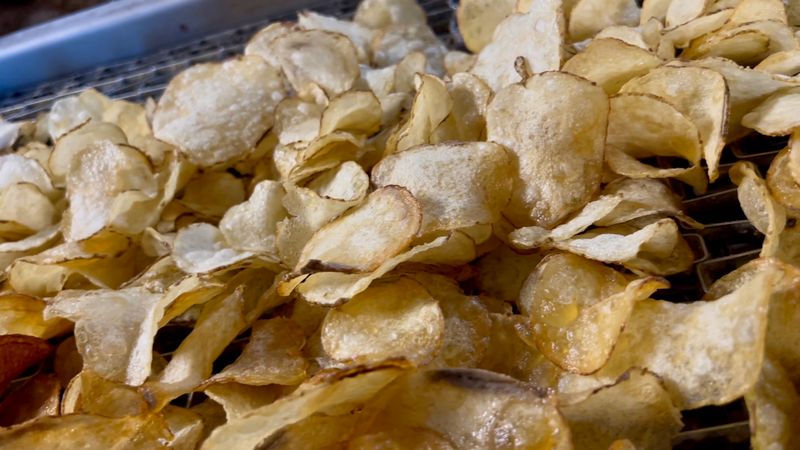
Factories in Illinois distribute chips throughout the Midwest. Proximity to corn and soy supports other snack production too. Potato chips maintain steady demand. Flavors range from plain salted to loaded spice blends.
Independent brands carve small niches. Chicago remains a hub for snack distribution. Illinois contributes scale and reach.
13. Indiana
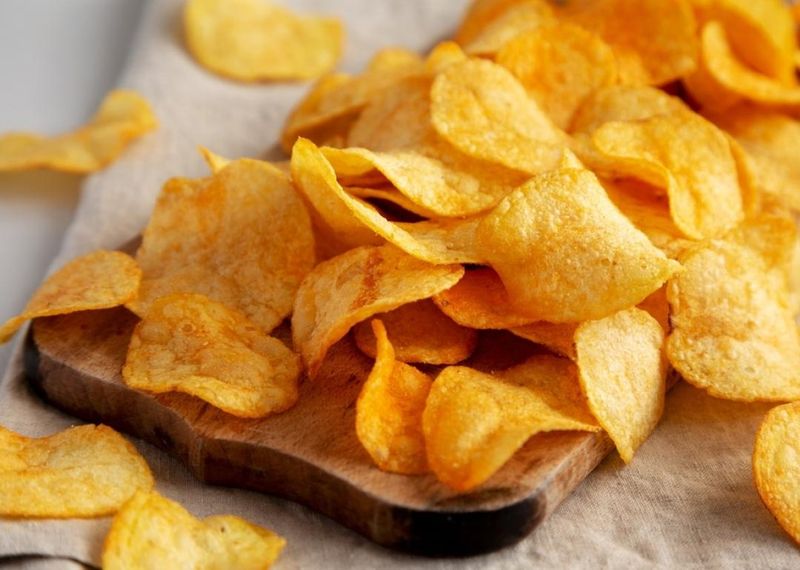
Potato chip production continues in both rural and urban areas. Local factories emphasize freshness and distribution within the Midwest. Chips here feature familiar flavors. Barbecue and sour cream stay top sellers.
Brands maintain loyal regional fans. Production supports both grocery chains and small shops. Indiana stays steady in the snack landscape.
14. West Virginia
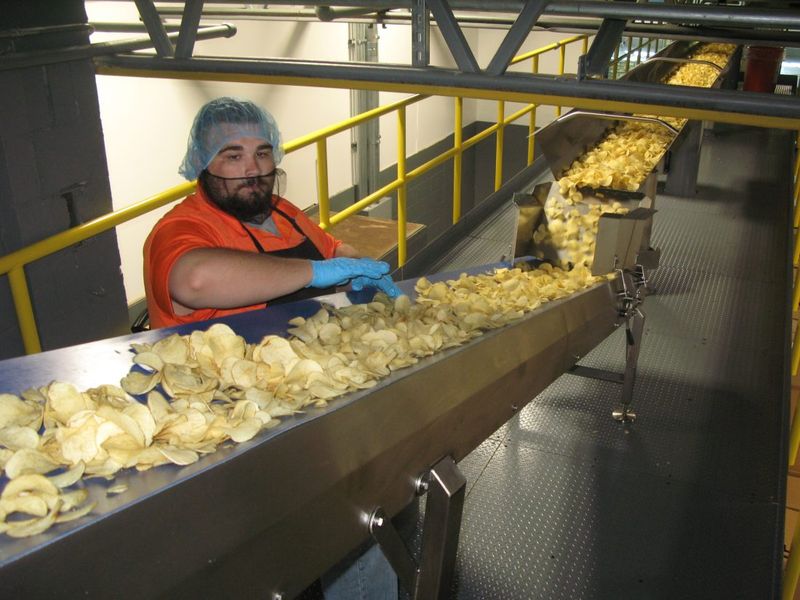
Smaller factories in West Virginia hold strong regional identities. Chips often appear at local fairs and stores. Salt-forward recipes dominate. Production keeps pace with demand.
Family ownership drives many operations. Distribution remains local rather than national. West Virginia snacks remain rooted in community tradition.
15. Pennsylvania
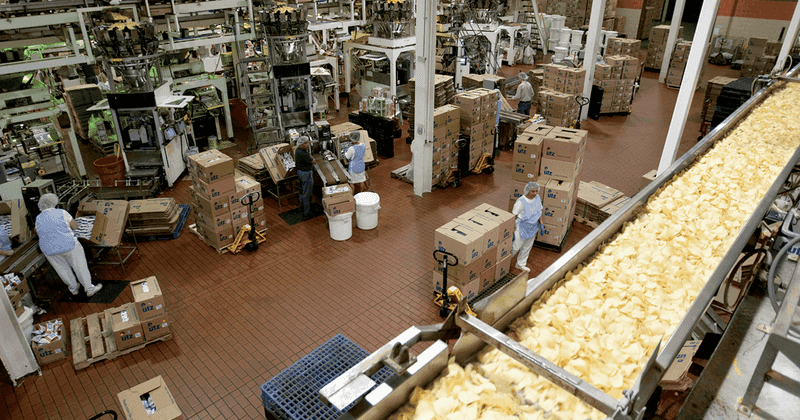
Pennsylvania leads the nation in potato chip production. Dozens of family-owned factories still thrive. Iconic brands like Utz and Herr’s began here. The state’s heritage ties directly to snack culture.
Factories dot small towns across the state. Variety spans from kettle-cooked to wavy and seasoned. Pennsylvania stands as America’s chip capital.
